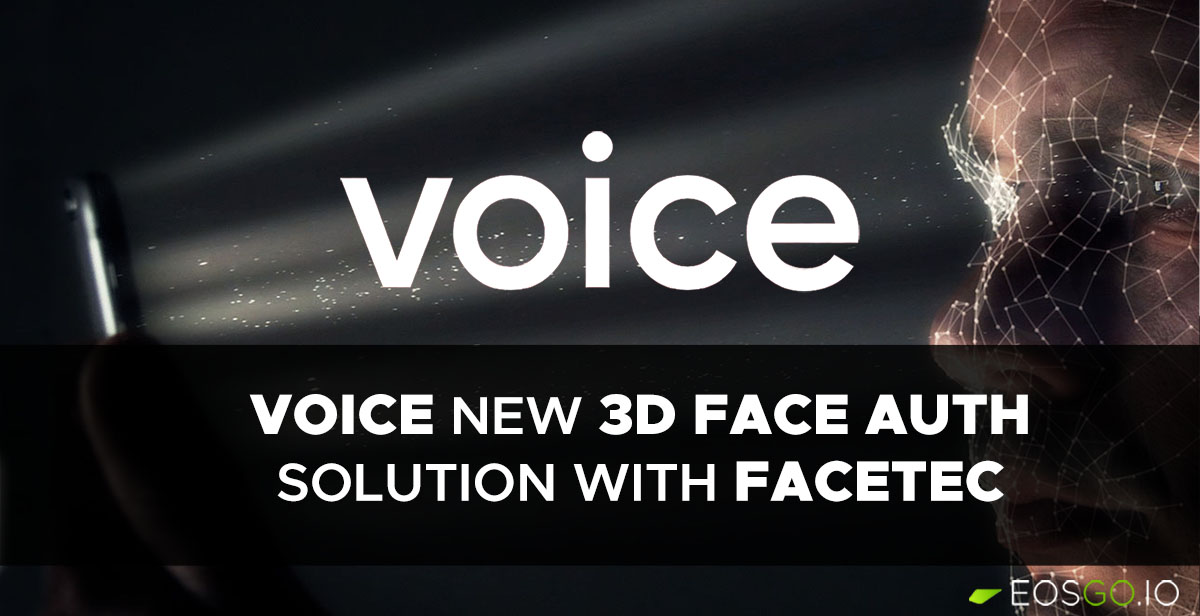Voice New 3D Face Authentication Solution with FaceTec

Soon, the decentralized social media Voice will start using a new human verification system based on FaceTec's facial biometrics technology, a technology that is based on a 3D Face Authentication.
The first version of Voice, launched in early 2020, allowed beta testers to register only through US Government ID. Starting this summer, the social has integrated a new registration system via a photo ID primarily to be in line with its worldwide expansion strategy.
Unfortunately this verification system does not allow a very efficient human verification, in fact there have been cases of users able to create multiple accounts simply using a different name, as they pointed out directly on Voice.
Using FaceTec's system, you can also secure these eventualities, so that the Voice community itself is safe and secure, mainly from bots and multiple accounts. The FaceTec solution is based on a 3D mapping of the user's face, so it will be similar to a FaceId, reflecting these new identification methods using biometrics data.Soon, the decentralized social media Voice will start using a new human verification system based on FaceTec's facial biometrics technology, a technology that is based on a 3D Face Authentication.
"We’re very excited to be working with Voice on such a well-principled project. Our proven performance for many tens-of-millions of users in high-value applications like banking, transportation, crypto wallets, and national digital ID programs showed Voice that FaceTec could provide the foundation their platform required. FaceTec is proud to have built tech that has helped Voice make their authentic social media platform a reality." Kevin Alan Tussy, FaceTec CEO.
Sources:
Suggested News
DAOBet new EOSIO chain launched its mainnet
DAOBet, a new EOSIO chain, has recently launched its mainnet. The focus of this chain is entirely on the Blockchain Gam...
New CPU and REX approach proposed by Dan Larimer
As previously announced on Twitter, today Dan Larimer published his proposal for a new approach to CPU and REX to solve...

